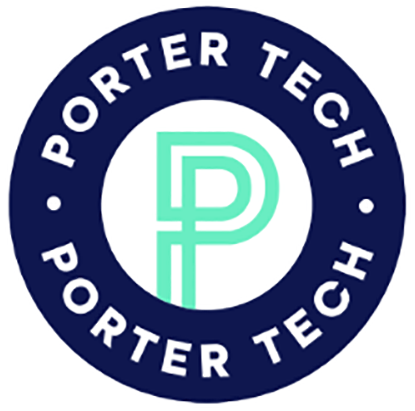In the ever-evolving landscape of healthcare, the quest for superior patient care remains paramount. Hospitals worldwide continually seek innovative solutions to optimize efficiency, streamline communication, and enhance overall patient experience. Among these solutions, Nurse Call Systems (NCS) stand out as indispensable tools, facilitating seamless communication between patients and healthcare providers. Coupled with advanced cabling solutions, NCS not only improves response times but also elevates the standard of care delivered. Let’s delve deeper into the multifaceted benefits of Nurse Call Systems and explore the intricacies of modern cabling solutions shaping the healthcare ecosystem.
The Crucial Role of Nurse Call Systems
At the heart of patient-centered care lies effective communication, and Nurse Call Systems serve as the linchpin in this endeavor. These systems empower patients with the ability to summon assistance promptly, fostering a sense of security and empowerment. However, the benefits extend far beyond mere convenience:
1. Rapid Response and Enhanced Safety:
In critical situations, every second counts. NCS expedite response times by directly alerting nurses or relevant staff members, ensuring timely intervention and potentially saving lives. Moreover, by providing patients with a reliable means of communication, NCS contributes to a safer hospital environment, where assistance is always within reach.
2. Personalized Care and Improved Patient Satisfaction:
Effective communication is the cornerstone of personalized care. NCS enables patients to articulate their needs clearly, whether it’s adjusting room settings, requesting medication, or seeking reassurance. This level of engagement fosters trust and satisfaction, resulting in a more positive overall experience for patients and their families.
3. Streamlined Workflow and Resource Allocation:
Nurses juggle multiple responsibilities, and efficient communication is essential to optimizing workflow. NCS prioritize incoming requests, allowing nurses to address urgent matters promptly while efficiently managing their time. By streamlining communication channels, hospitals can allocate resources more effectively, minimizing bottlenecks and enhancing overall operational efficiency.
Also Read: Safe Workplace: Advancement in Door Access Control Security
Innovations in Cabling Solutions
Behind the seamless functionality of Nurse Call Systems lies a robust infrastructure of cabling solutions. Modern hospitals require sophisticated networks capable of supporting diverse communication systems while ensuring reliability and scalability. Let’s explore the key elements of these advanced cabling solutions:
1. Structured Cabling:
The backbone of any integrated healthcare facility, structured cabling solutions provide a scalable framework for NCS and other critical applications. By organizing cables into standardized configurations, hospitals can minimize downtime, simplify maintenance, and accommodate future technological advancements seamlessly. Moreover, structured cabling facilitates the integration of diverse communication systems, promoting interoperability and efficiency.
2. Fiber Optic Technology:
As hospitals embrace digital transformation, the demand for high-speed, reliable connectivity intensifies. Fiber optic cables offer unparalleled bandwidth and transmission speeds, making them ideal for supporting NCS, telemedicine, and data-intensive medical imaging systems. This technology enhances data security, reduces latency, and facilitates seamless communication across hospital networks, even in high-demand environments.
3. Smart Infrastructure:
The convergence of NCS with smart building technologies heralds a new era of healthcare infrastructure. Integrated systems, such as Internet of Things (IoT) sensors and real-time location services, complement NCS functionality, enabling proactive patient monitoring and resource optimization. By harnessing data analytics and predictive algorithms, hospitals can anticipate patient needs, preemptively address potential issues, and deliver proactive care interventions. This smart infrastructure not only enhances patient safety and satisfaction but also contributes to operational efficiency and cost savings.
Conclusion
In conclusion, Nurse Call Systems and advanced cabling solutions play a pivotal role in revolutionizing patient care at hospitals. By facilitating seamless communication, enhancing responsiveness, and optimizing workflow efficiency, these technologies empower healthcare providers to deliver superior quality care in an increasingly complex healthcare landscape. As hospitals continue to evolve, investing in robust NCS infrastructure and innovative cabling solutions becomes not only a necessity but a strategic imperative in ensuring the well-being and satisfaction of patients and caregivers alike.
With their ability to streamline operations, improve patient outcomes, and enhance overall efficiency, Nurse Call Systems and advanced cabling solutions represent the future of healthcare communication infrastructure. By embracing these technologies, hospitals can stay at the forefront of innovation and deliver unparalleled care to their patients.




